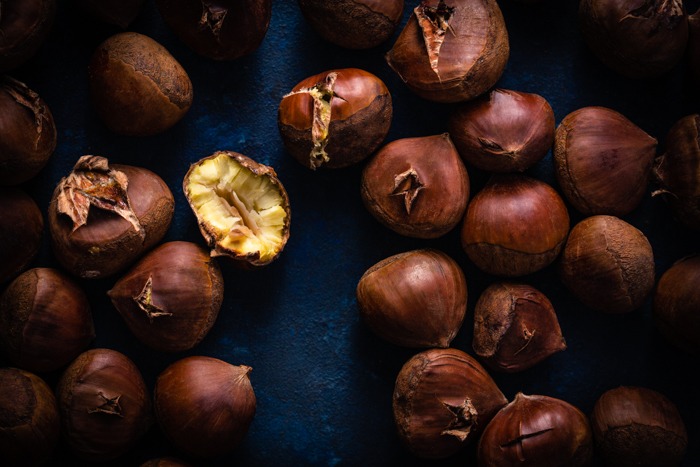
In my last post, I talked about how to start working as a food photographer. I said that in order to start getting enough clients to earn an income, that you needed to network and meet people in person. Being a successful business person means building relationships.
There seems to be a perception out there that marketing is done online and photographers no longer need a print portfolio. I’ve even heard this from veteran photographs.
Yes, this may be true for these veteran photographers who have a stable base of repeat clients they’ve maintained a relationship with several years. I don’t believe it’s true for photographers that are looking for new clients, and it’s certainly not true for beginners that are entering the industry. A website is a very important selling tool. It’s the first exposure of our work to a potential client or marketing agency, but to get our foot in the door, we usually need a print portfolio.
When you’re looking to start working with an agency, you need to get an appointment with the Creative Director. You will bring your portfolio to the meeting, and come prepared to discuss your work and your process. As mentioned in my previous post, people still love images in print–something tangible that they can touch and feel. If you’re venturing into the world of digital photography, seeing your work in high resolution print for the first time is an a breathtaking experience.
If you’re working with marketing or ad agencies, there is a likelihood that your work will be printed. The Creative Director can get an idea how your work will look in print, and will realize that you know how to properly prepare files to be printed professionally.

So what sort of portfolio should you put together? I have a couple of suggestions.
The first is to have a high quality photo book printed, such as those used by wedding photographers. Although I’ve never used them myself, I’ve had many recommendations for the albums by Artifact Uprising. It’s best to get a lay flat book in landscape orientation and in a large size, like the 14X11.
The other suggestion is to get a high quality screw-post portfolio, where you can add and subtract pages every time you update it with new work. For my portfolio, I use only by Shrapnel Design here in Vancouver. It’s made of bamboo and has removable pages that protect my images from spills and wear and tear. It is made of sustainable materials and they ship to most countries via FedEx or TNT.
There reason I prefer the screw-post prtfolio option is that it’s a stand-out from a branding perspective. Although I haven’t done so yet, you can have the portfolio from Shrapnel Designs engraved with your logo. Even so, I still have had agencies remark that my portfolio is unique and beautiful. In an industry where aesthetics play a huge role, your presentation means a lot. I don’t recommend going to the art store and getting a portfolio there. Do not buy anything that looks cheap.
I also like updating my portfolio periodically. If I had a photo book for my portfolio, I would have to design a new one and have it printed to update my work.
Putting together a portfolio is expensive. The initial outlay for the screw-post portfolio is more expensive than the photo book from Artifact Uprising, but it’s cheaper to add to it once you have made the initial investment.
I spent several months designing the content of my portfolio, deciding on which images would appear in the portfolio and in which order. A portfolio should have a theme or a common thread woven throughout the images. My portfolio is made up of editorial content and personal projects. It highlights my food, lifestyle, and still life work in a cohesive way.
You can have separate portfolios for different types of photography. For example, one book for commercial or ad work, another strictly related to editorial.
For now, I only have one portfolio of my best work. I put several months putting it together. In my next post, I will walk you through that process.
Let me know in the comments if you have any questions 🙂
* * *
I also have a few links to share today.
Recently, I was honoured and excited to be a guest on the ProPhotographer Journey podcast. I talked about how to get clients in food photography and some of the challenges I’ve faced in my career. Yu can listen to the podcast here.
I also have been writing for Expert Photography and have written a couple of extensive posts on how to apply compositional theory to food photography. They can be found here and here. Check in with them to read my upcoming post on food styling tools and tips.
Have you subscribed to my blog? Sign up to my newsletter today and download my free food photography cheat sheet and mini-eBook on everything you need to get started in restaurant photography!







